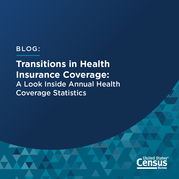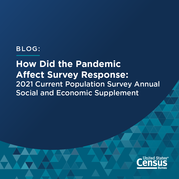
|
|
|
Released Today: 2020 Income, Poverty, and Health Insurance
The U.S. Census Bureau announced today that median household income in 2020 decreased 2.9% between 2019 and 2020, and the official poverty rate increased 1.0 percentage point. Meanwhile the percentage of people with health insurance coverage for all or part of 2020 was 91.4%. An estimated 8.6% of people, or 28.0 million, did not have health insurance at any point during 2020, according to the 2021 Current Population Survey Annual Social and Economic Supplement (CPS ASEC).
 America Counts: Stories Behind the Numbers
The more than $400 billion in two rounds of stimulus payments the government distributed during the pandemic helped lift 11.7 million people out of poverty in 2020, according to the Supplemental Poverty Measure (SPM) released today.
Did Unemployment Insurance Lower Official Poverty Rates in 2020?

Unemployment insurance (UI) benefits lowered the overall poverty rate by 1.4 percentage points to 11.4% in 2020 and decreased poverty across all racial groups and all age groups, according to U.S. Census Bureau data released today (differences due to rounding). Without unemployment insurance, 4.7 million more people would have been in poverty and the overall poverty rate would have been 12.9% in 2020.
|
Workers’ Earnings Decline Overall During Pandemic but Increase for Full-Time, Year-Round Workers

Income statistics released by the U.S. Census Bureau today show a 2.9% decline in median household income between 2019 and 2020 and a 1.2% decline in the median earnings of all workers. But during the same period, real median earnings of full-time, year-round workers increased 6.9%. Understanding why earnings for full-time, year-round workers could go up while earnings overall declined requires a deeper dive into who lost their jobs.
|
Uninsured Rates for Children in Poverty Increased 2018–2020

In 2020, 4.3 million children under the age of 19 — 5.6% of all children — were without health coverage for the entire calendar year, according to a report released today. While this was not statistically different from the percentage of children who were uninsured in 2018, a closer analysis reveals that the changes in uninsured status between 2018 and 2020 affected children in poverty more than those living above the poverty level.
|
|
Private Health Coverage of Working-Age Adults Drops From Early 2019 to Early 2021
Private health insurance coverage declined for working-age adults ages 19 to 64 from early 2019 to early 2021, when the nation experienced the COVID-19 pandemic.
A report released today primarily examines health insurance coverage in the United States in calendar year 2020.
However, the Current Population Survey Annual Social and Economic Supplement also measures current coverage, or health insurance coverage held at the time of the survey interview.
|
|
Understanding Equity Through Census Bureau Data
With today’s release of income, poverty, and health insurance coverage statistics, the U.S. Census Bureau adds to the voluminous amount of data previously released that help to measure topics related to equity.
These data show how different segments of the population are making gains or are impacted by the pandemic or the recent economic recession.
Read more about inequality measures, poverty measures, gender equity, health insurance coverage, education, wealth, homeownership, community resilience, and research.
|
|
|
Upcoming Releases and Observances
Blog: Transitions in Health Insurance Coverage: A Look Inside Annual Health Coverage Statistics

Annual estimates of health coverage from the Current Population Survey Annual Social and Economic Supplement (CPS ASEC) highlighted in the report Health Insurance Coverage in the United States: 2020 paint a broad picture of the nation’s health care landscape.
|
Blog: How Did the Pandemic Affect Survey Response?

In its new report, Income and Poverty in the United States: 2020, the U.S. Census Bureau provides estimates of the distribution of household and personal income and poverty. We collected data for this report (and the accompanying microdata and summary tables) in February, March and April of each year as part of the Current Population Survey Annual Social and Economic Supplement (CPS ASEC).
|
 Help us spread the word about Census Bureau data.
Share this newsletter on social media or forward it to a friend.
|
About the Census Bureau
We serve as the nation’s leading provider of quality data about its people and economy. The Census Bureau is the federal government's largest statistical agency. We are a scientific organization focused on data. Policy-makers, businesses, and the public use our information to make far-reaching decisions.
|